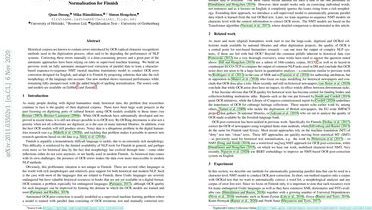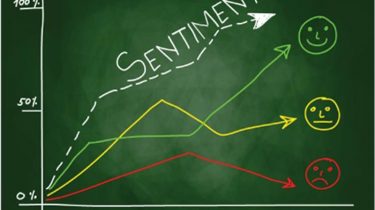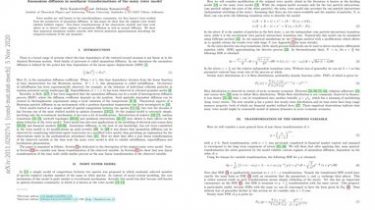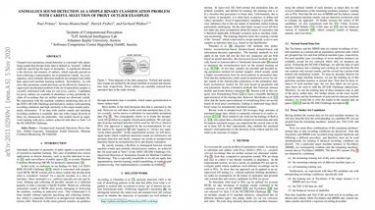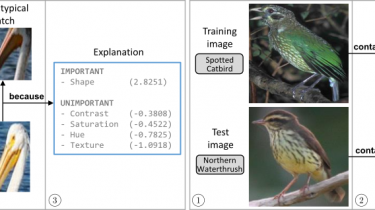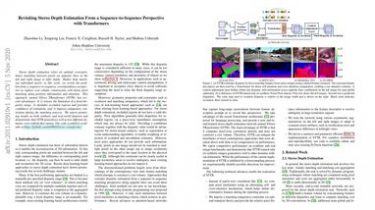An Unsupervised method for OCR Post-Correction and Spelling Normalisation for Finnish
Historical corpora are known to contain errors introduced by OCR (optical character recognition) methods used in the digitization process, often said to be degrading the performance of NLP systems. Correcting these errors manually is a time-consuming process and a great part of the automatic approaches have been relying on rules or supervised machine learning… We build on previous work on fully automatic unsupervised extraction of parallel data to train a character-based sequence-to-sequence NMT (neural machine translation) model to conduct OCR […]
Read more